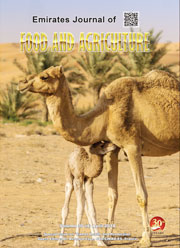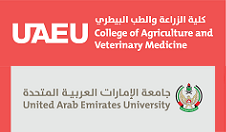AGREEMENT AMONG BACTERIOLOGICAL FINDINGS, VAGINAL DISCHARGES, AND ENDOMETRIAL CYTOLOGY FOR ENDOMETRITIS DETECTION IN POSTPARTUM BEEF COWS.
DOI:
https://doi.org/10.9755/ejfa.2016-11-1561Keywords:
Beef Cows, Endometritis, Postpartum Uterus, Endometrial Cytology, Risk FactorsAbstract
This study aims to demonstrate the relationship among vaginal discharges, bacteriological contamination, and endometrial cytology during 20–30 days postpartum in beef cows. A total of 82 beef cows, aged 3 years to 7 years and at 20–30 days post-calving, were enrolled in this study. All the cows were checked by transrectal palpation, ultrasound, and vaginal discharge collection. Endometrial cytology and bacteriological samples were then collected using a cytobrush technique. Nine of 82 beef cows (10.97%) had abnormal vaginal discharges and clinical endometritis (CE), and nine of 73 clinically healthy cows (12.32%) had subclinical endometritis (SCE). The agreement among endometrial examination, polymorphonuclear neutrophil percentage (PMN %), and vaginal discharge score (0–3) was moderate (k = 0.48, p < 0.01), whereas that between vaginal discharge score (0–3) and bacteriological finding was poor (k = 0.032, p = 0.51). The agreement between bacterial finding and PMN % was also poor (k = 0.15, p = 0.02). Escherichia coli was the most common bacteria isolated from healthy (14.6 %), CE (38.8 %), and SCE (42.8 %) cows. Moreover, E. coli was the major bacteriological risk factor for SCE occurrence. E. coli and Staphylococcus aureus were the most common risk factors for the occurrence of CE. The reproductive performance of beef cows was insignificantly affected by CE and SCE.










 .
. 